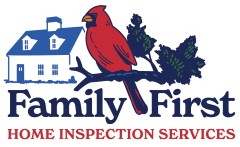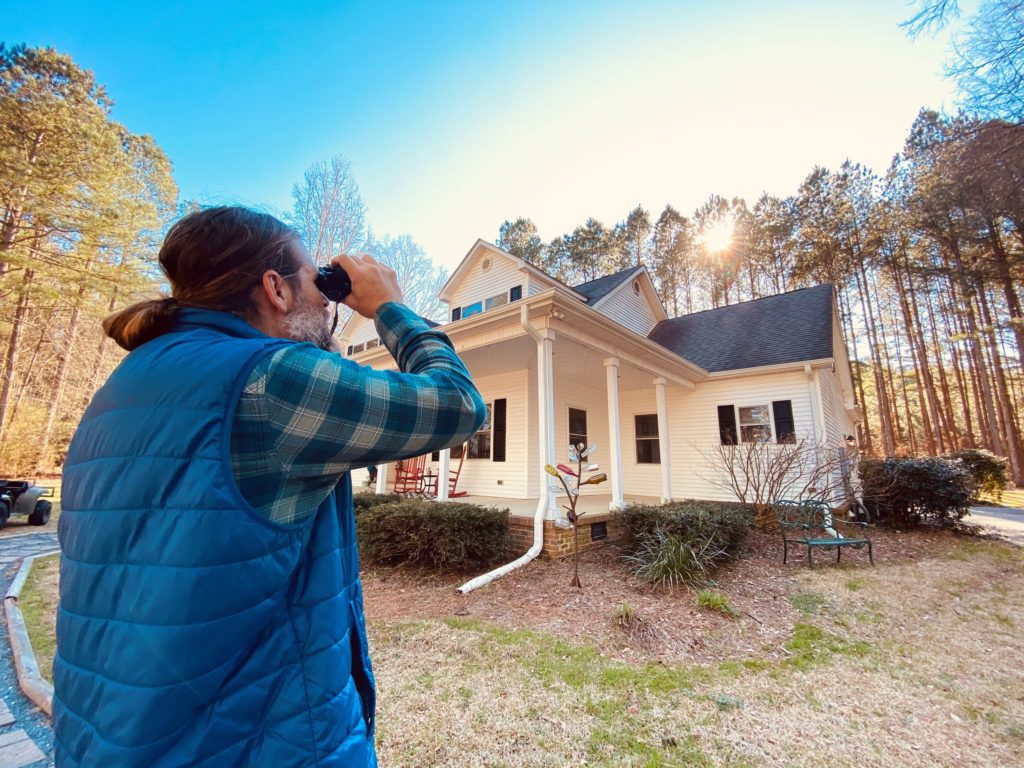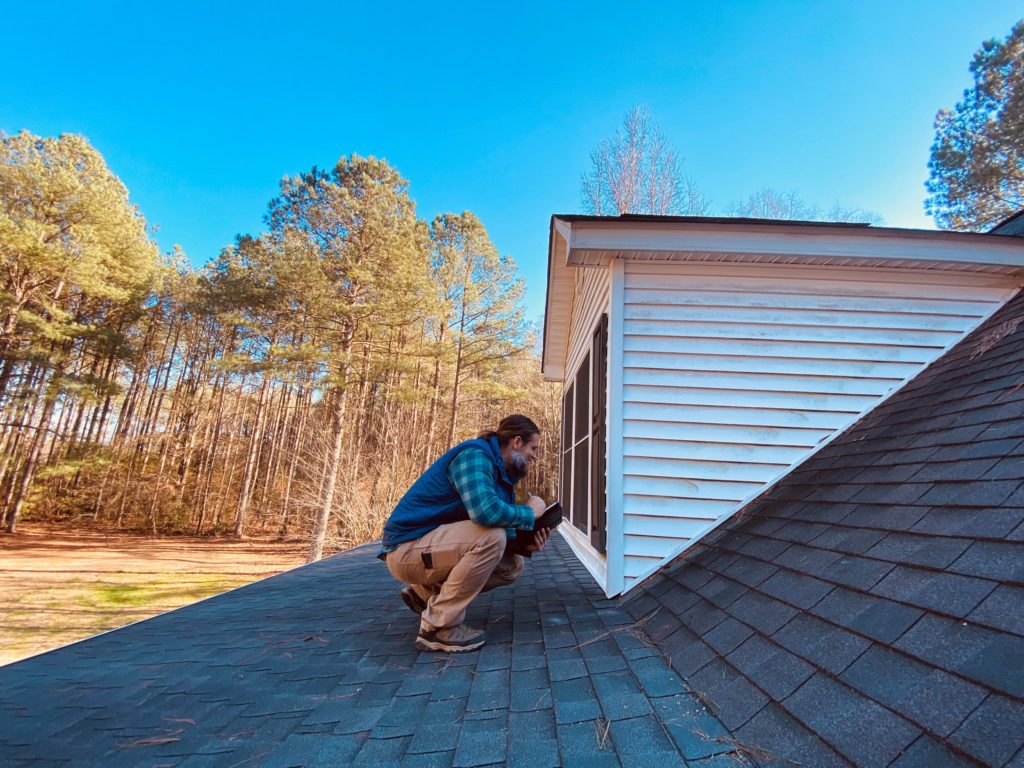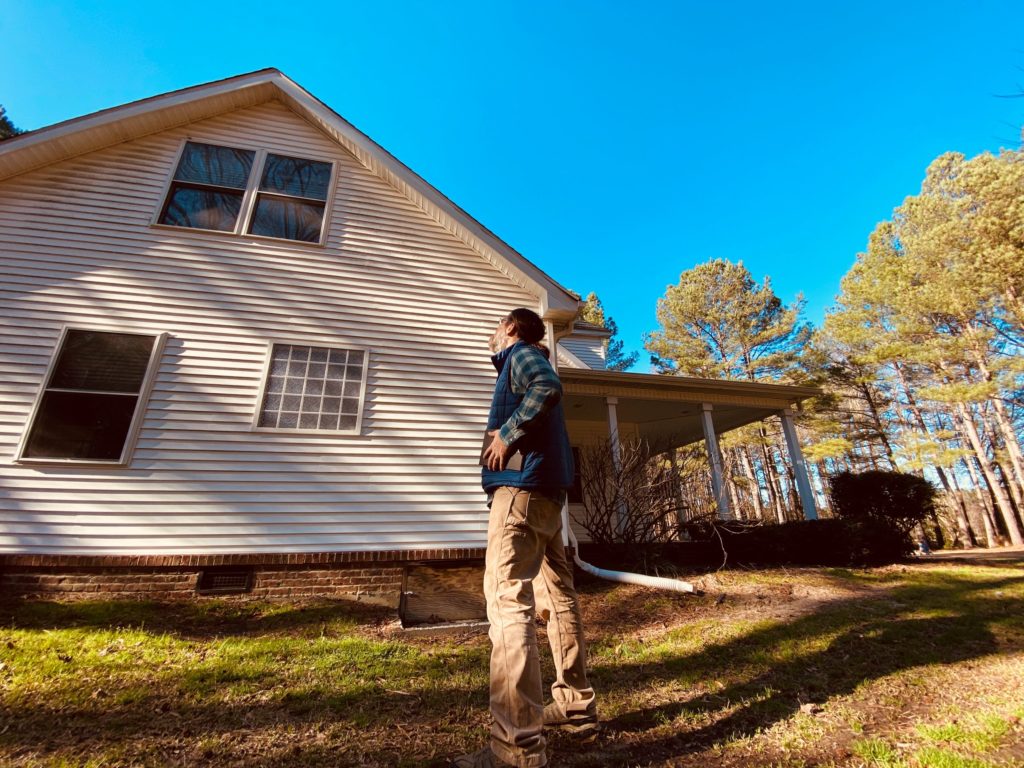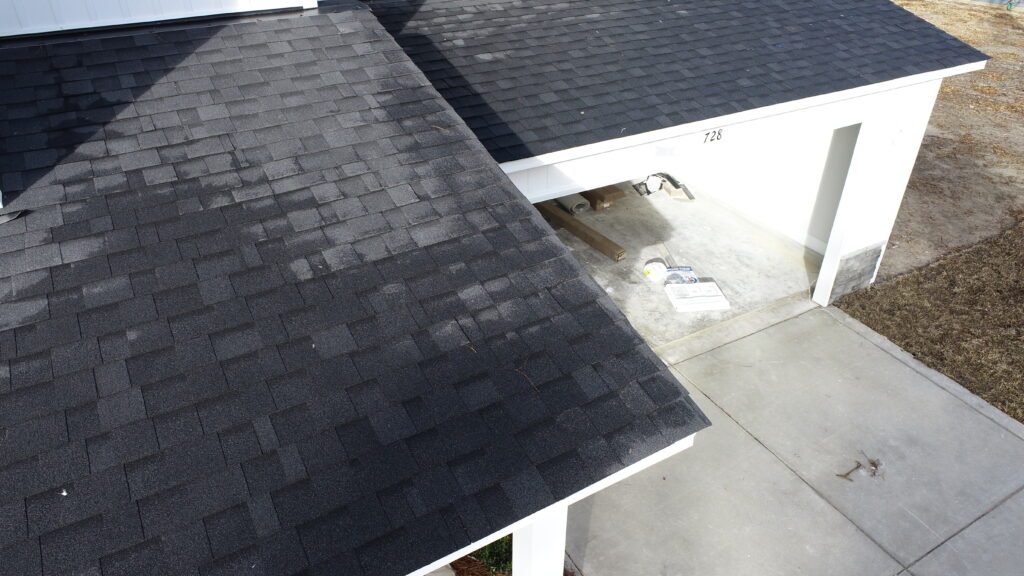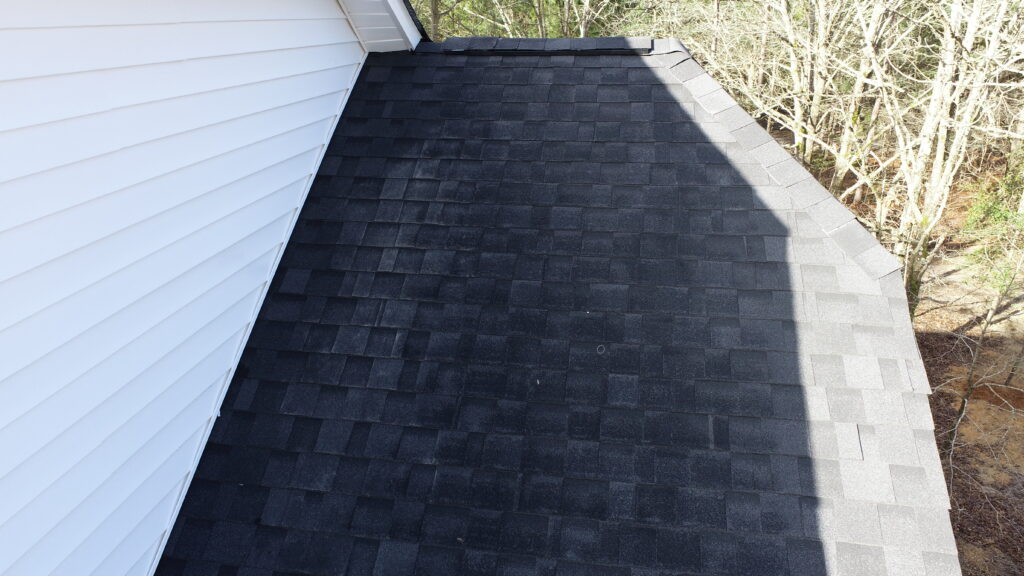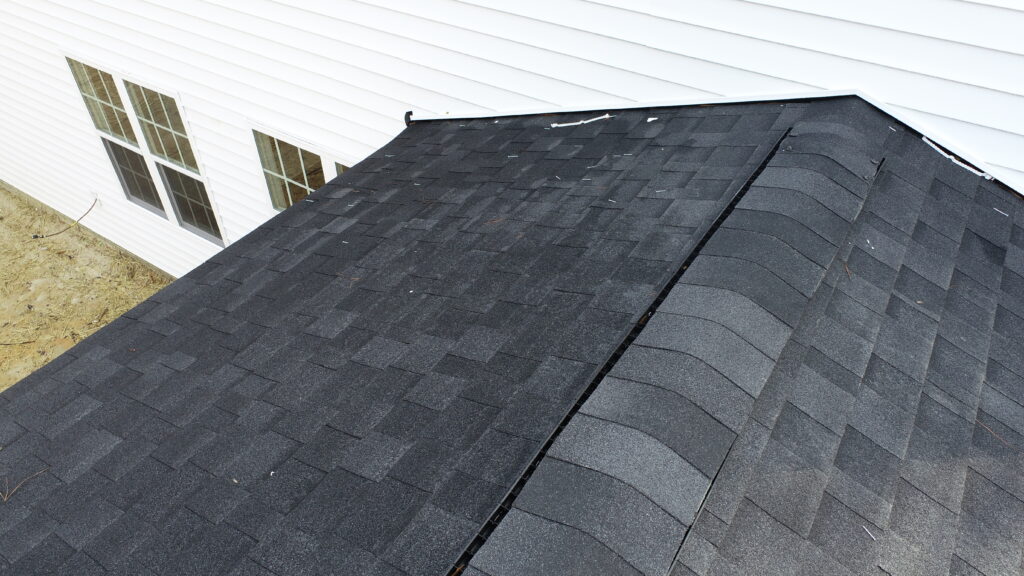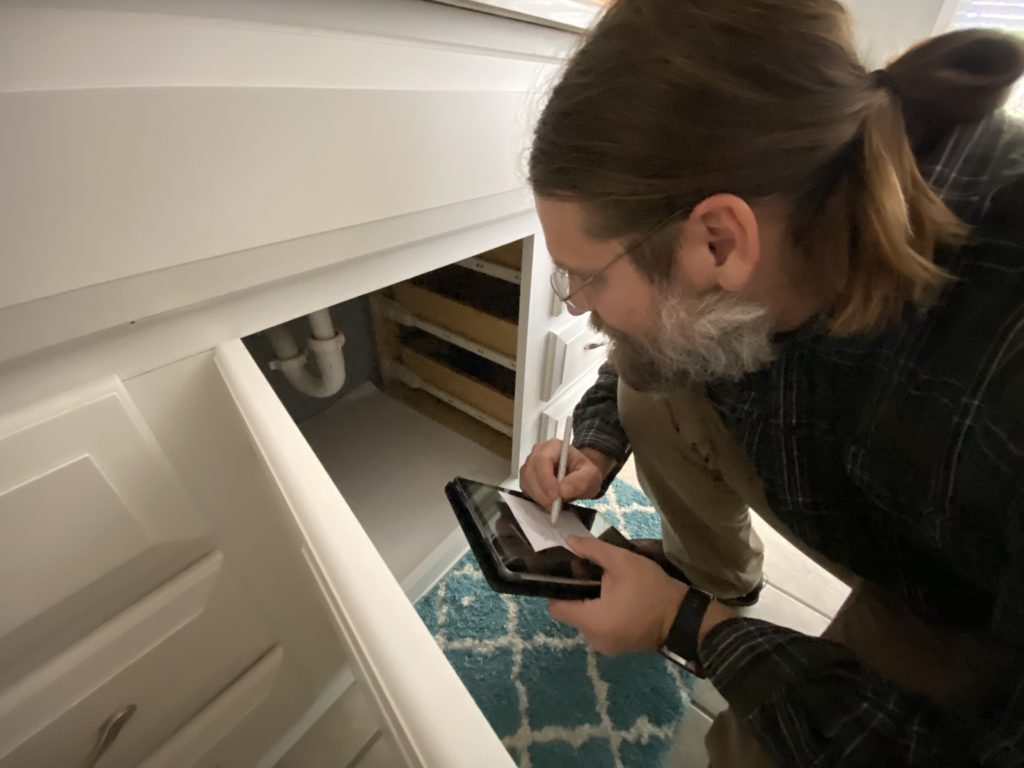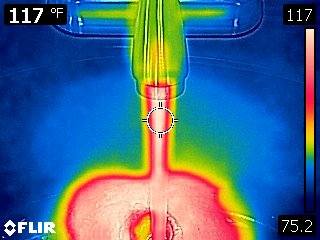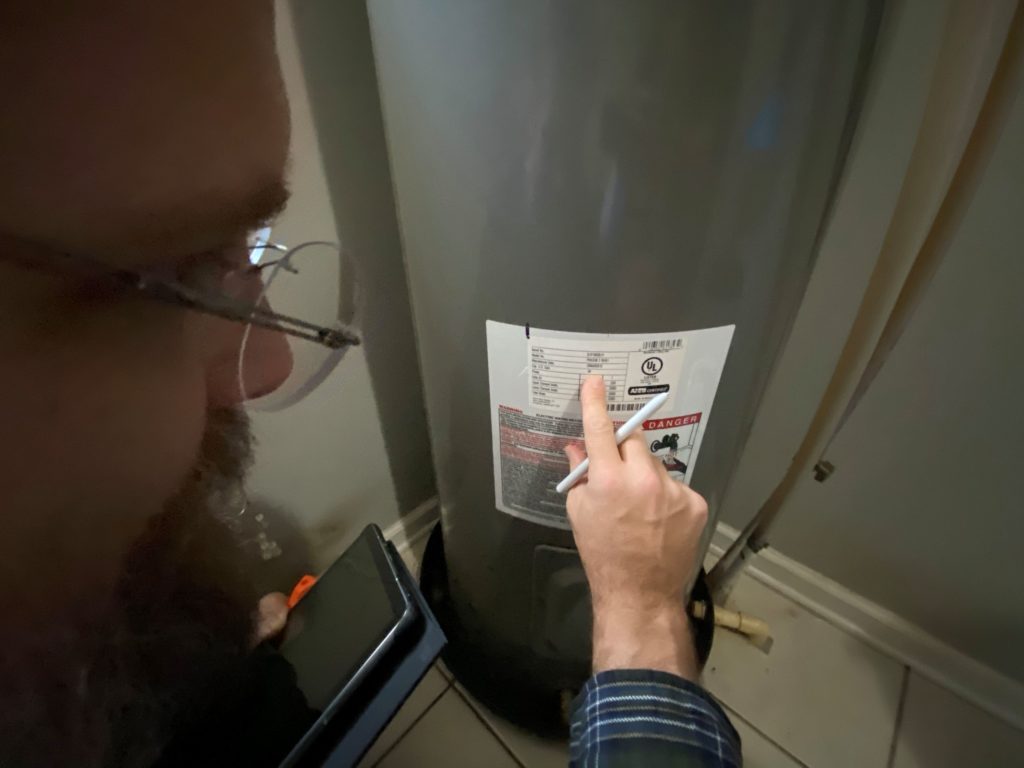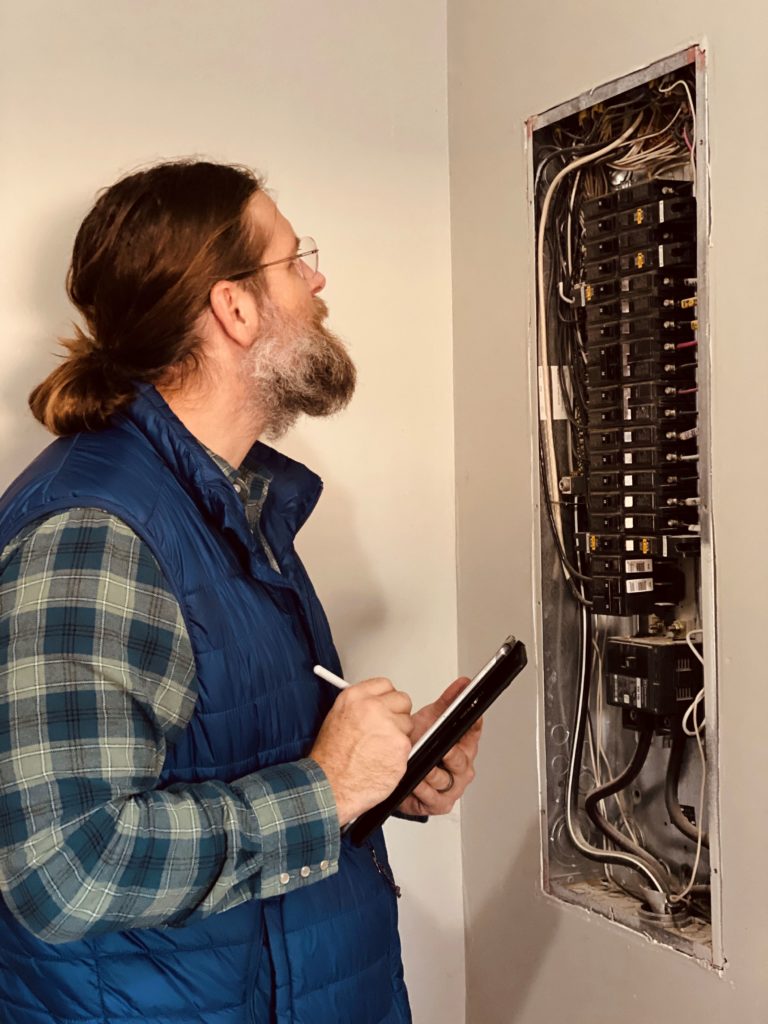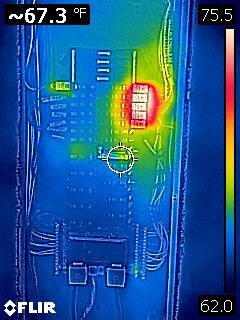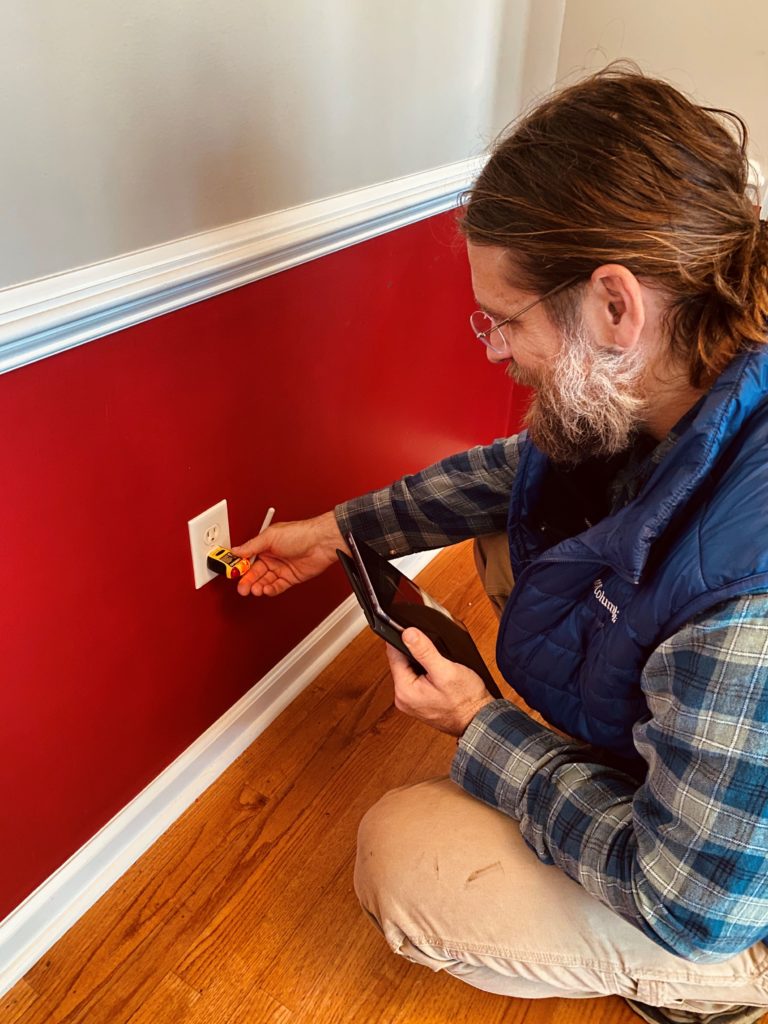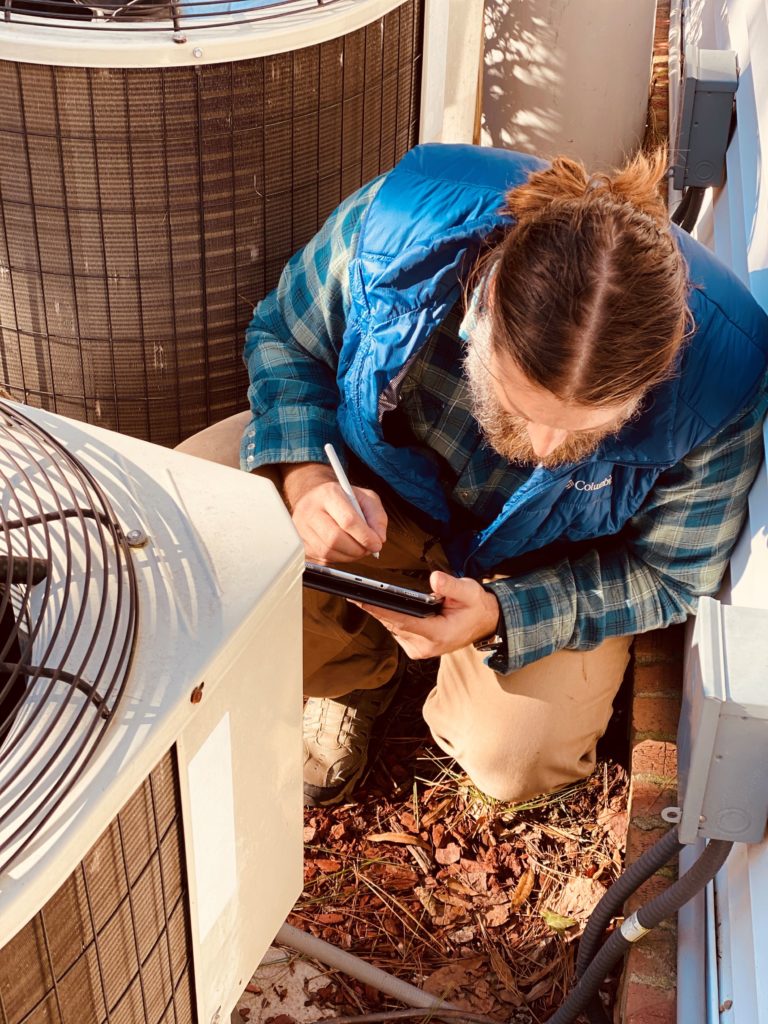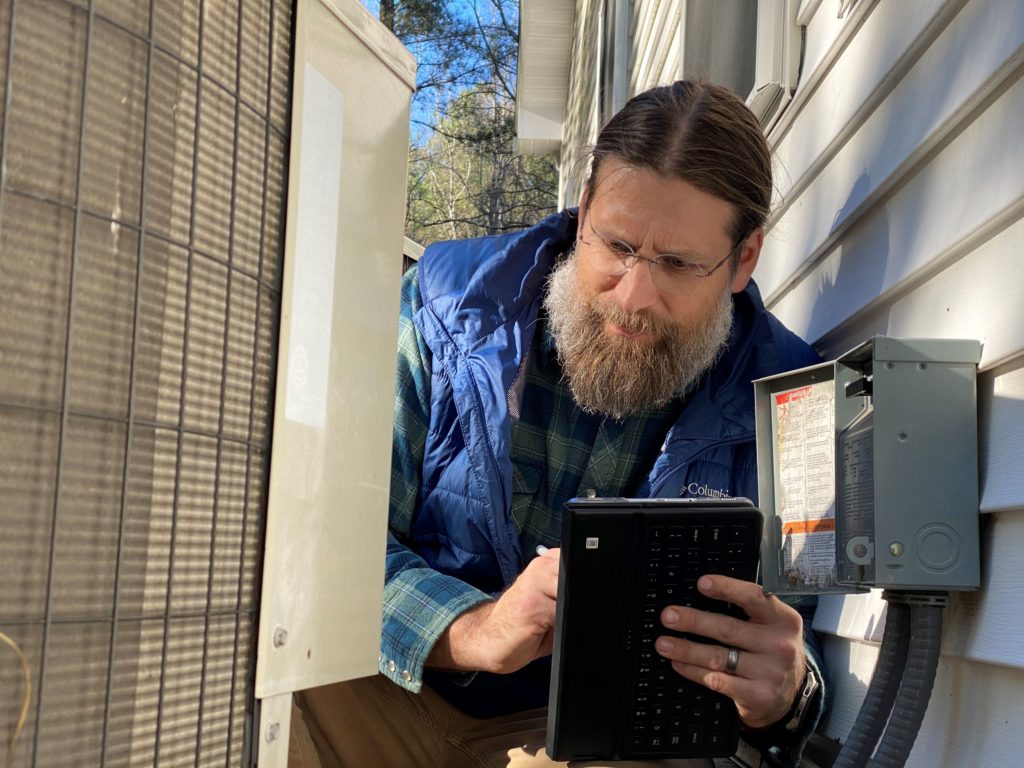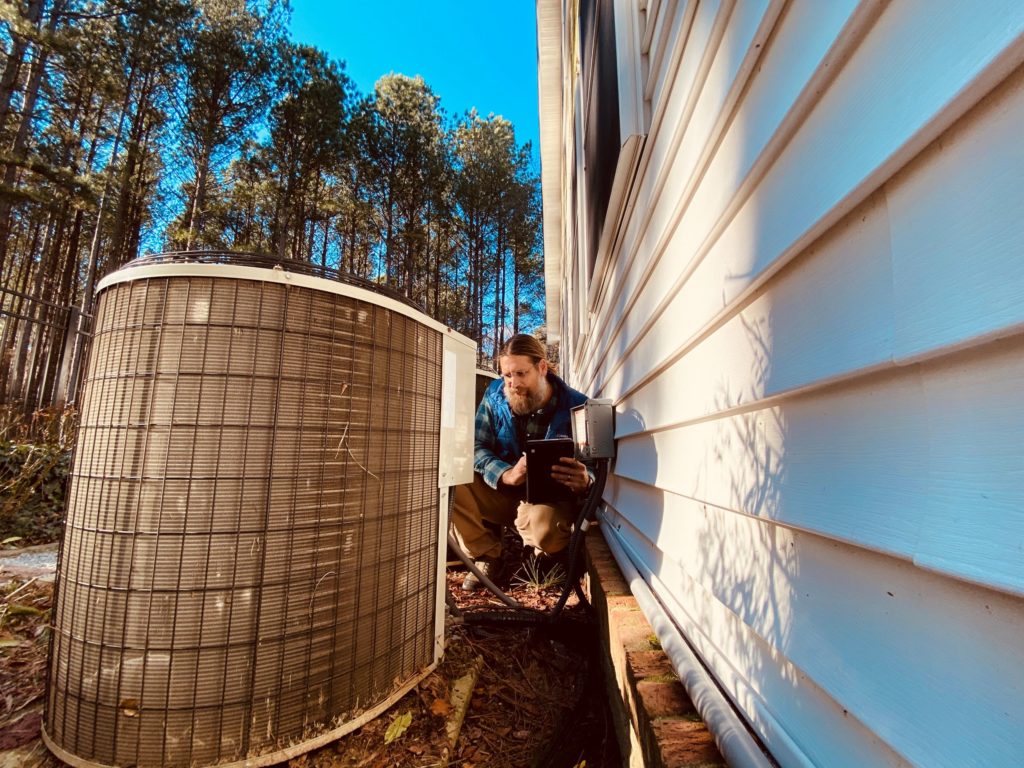What is a Home Inspection?
You can fall in love with a home for various reasons. You might love the size of the home, the open floor plan, the home’s exterior or the layout of the kitchen. While the home may look to be in excellent shape, the home’s aesthetics can hide real problems.

You need a licensed inspector to climb into the attic and under the home in the crawl space. The inspector can discover real and expensive problems that are not always apparent when you view the home. The findings in the home inspection report will tell you the items which would need to be repaired to make the home safe and function as it is intended to.
A home inspection is defined as a limited, non-invasive examination of the condition of two or more system of a home. Most people relate a home inspection as a part of the pre-sale process of a home but a detailed home inspection can be much more as it can help home owners ensure they know the current state of one of their largest investments.

The primary purpose of Family First Home Inspection Services is to deliver a detailed report on the systems examined which provides the client with the information they need so they can make an educated decision. Finding potential problems can save the client costly repair expense.
The Home Inspection Process
The general process of a full system home inspection includes evaluation of the follow systems and components:

STRUCTURAL COMPONENTS
- Foundation
- Floors
- Walls
- Columns or piers
- Ceilings
- Roofs
Exterior
- Wall cladding, flashings, and trim
- Entryway doors and a representative number of windows
- Garage door operators
- Decks, balconies, stoops, steps, areaways, porches, and appurtenant railings
- Eaves, soffits, and facias
- Driveways, patios, walkways, and retaining walls
- Vegetation, grading, and drainage with respect only to their effect on the condition of the building
Roofing
- Roof coverings
- Roof drainage systems
- Flashings
- Skylights, chimneys, and roof penetrations
- Signs of leaks or abnormal condensation on building components
Plumbing
- Interior water supply and distribution system, including: piping materials, supports, and insulation; fixtures and faucets; functional flow; leaks; and cross connections
- Interior drain, waste, and vent system, including: traps; drain, waste, and vent piping; piping supports and pipe insulation; leaks; and functional drainage
- Hot water systems including: water heating equipment; normal operating controls; automatic safety controls; and chimneys, flues, and vents
- Fuel storage and distribution systems including: interior fuel storage equipment, supply piping, venting, and supports; leaks
- Sump pumps
Electrical
- Electrical service entrance conductors
- Electrical service equipment, grounding equipment, main overcurrent device, and interiors of panelboard enclosures unless unsafe conditions are reported
- Amperage and voltage ratings of the electrical service
- Branch circuit conductors, their overcurrent devices, and the compatibility of their ampacities at the interiors of panelboard enclosures unless unsafe conditions are reported
- The operation of a representative number of installed ceiling fans, lighting fixtures, switches, and receptacles located inside the house, garage, and on the dwelling’s exterior walls
- The polarity and grounding of all receptacles within six feet of interior plumbing fixtures, and all receptacles in the garage or carport, and on the exterior of inspected structures
- The operation of ground fault circuit interrupters
- Smoke detectors and installed carbon monoxide alarms.
Heating
- Heating equipment
- Normal operating controls
- Automatic safety controls
- Chimneys, flues, and vents, where readily visible
- Solid fuel heating devices
- Heat distribution systems including fans, pumps, ducts and piping, with supports, insulation, air filters, registers, radiators, fan coil units, convectors
- The presence or absence of an installed heat source for each habitable space
- The interior of flues
Air Conditioning
- Central air conditioning and through-the-wall ductless installed cooling systems including:
- Cooling and air handling equipment
- Normal operating controls
- Cooling distribution systems including:
- Fans, pumps, ducts and piping, with associated supports, dampers, insulation, air filters, registers, fan- coil units
- The presence or absence of an installed cooling source for each habitable space
Interiors
- Walls, ceiling, and floors
- Steps, stairways, balconies, and railings
- Counters and a representative number of built-in cabinets
- A representative number of doors and windows
Insulation and Ventilation
- Insulation and vapor retarders in unfinished spaces
- Ventilation of attics and foundation areas
- Kitchen, bathroom, and laundry venting systems
- The operation of any readily accessible attic ventilation fan, and, when temperature permits, the operation of any readily accessible thermostatic control
Built-In Kitchen Appliances
- Installed dishwasher(s), through a complete cycle
- Range(s), cook top(s), and permanently installed oven(s)
- Trash compactor(s)
- Garbage disposal(s)
- Ventilation equipment or range hood(s)
- Installed microwave oven(s)
